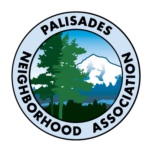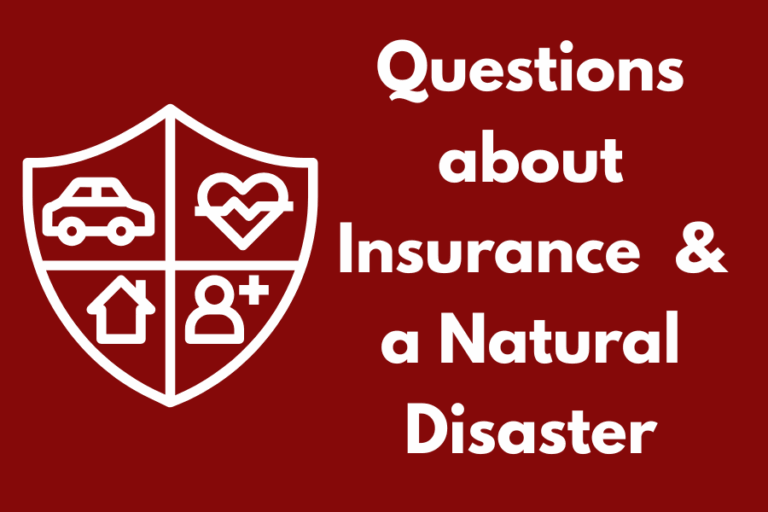David Westerdahl, PNA Area 10 Rep and Emergency Prep and Response Coordinator, visits with local insurance professionals to answer the question – “when Disaster Strikes—Is Your Insurance Ready?” Part 2
Question: What are some exclusions in home policies that homeowners aren’t always aware of?
Answer: Water exclusions are one of the biggest surprises for homeowners. What’s covered and what’s not can be very specific, which is why I always recommend checking with your agent before filing a claim.
As a general rule, water damage that is sudden and accidental is typically covered. However, certain words can raise red flags and may lead to a denied claim—terms like “leak,” “seepage,” “ongoing,” “mold,” or “drip” suggest long-term or gradual damage, which isn’t covered.
Also keep in mind: flood, earthquake, and water backup are not included in a standard homeowners policy. If these are concerns for you, talk to your agent about adding the right coverage.
Question: With increasing home values, are homes commonly underinsured in the Lake Oswego area to cover rebuilding?
Answer: First, it’s important to understand that insurance covers the cost to rebuild your home—not its market value. Right now, the average rebuild cost is around $250 per square foot, and in Lake Oswego, that number is often even higher. At a minimum, your coverage should reflect that.
Most policies include an inflation guard, typically between 20%–40%, which helps adjust your coverage as costs rise. You may notice your coverage increases slightly each year, especially after 2020, when the cost of building materials spiked. However, these adjustments are based on automated calculations, so it’s always a good idea to double-check and make sure your coverage still aligns with actual rebuild costs.
Question: How often should a homeowner review their policy with their insurer?
Answer: At least once a year. It doesn’t have to be a long call, but it’s smart to make sure your coverage levels are accurate, that any updates to your home are reflected, and to see if there are any new discounts you qualify for.
Question: What is an umbrella policy and who needs it?
Answer: An umbrella policy gives you an extra $1 million+ in liability protection above and beyond your home and auto policies. If someone sues you and your standard policy maxes out, your umbrella kicks in to protect your home, assets, retirement accounts, and even wages.
Here’s a real-life example:
Someone slips on your sidewalk, breaks their arm, and sues you.
- Ambulance: $1,400
- ER visit: $3,000–$5,000
- Surgery and follow-ups: $30,000–$75,000
- Physical therapy: $5,000–$15,000
- Lost wages: $15,000–$145,000
- Legal fees: $25,000–$100,000
- Plus potential settlement for pain, suffering, or long-term care
These claims can quickly exceed your policy’s liability limits. I recommend everyone has an umbrella policy, but especially if you have anything higher risk in your life. Young drivers, trampoline, pool, multiple homes, etc. Umbrella coverage is affordable, often just a few hundred dollars a year, and offers a lot of coverage. It even covers things like slander, dog bites (depending on breed), and rental property liability.
Question: When should I file a claim?
Answer: Insurance is meant for the unexpected, but it’s always smart to be strategic—even when you know the loss is covered. Most companies limit how many claims you can file over a certain period before they consider non-renewing your policy. With how tight the insurance market is right now, many carriers are being even more cautious with their underwriting. If the environment changes you will see companies loosen up their underwriting.
Also keep in mind that filing a claim will likely affect your premium. A surcharge or loss of a discount can raise your rate for up to five years after a homeowners claim.
So, yes insurance is here if you need to make a claim, but before filing, take a look at your deductible and get an estimate on repair costs. If the damage is only slightly above your deductible, it might make more sense to pay out of pocket and save your claim history for a bigger event.


